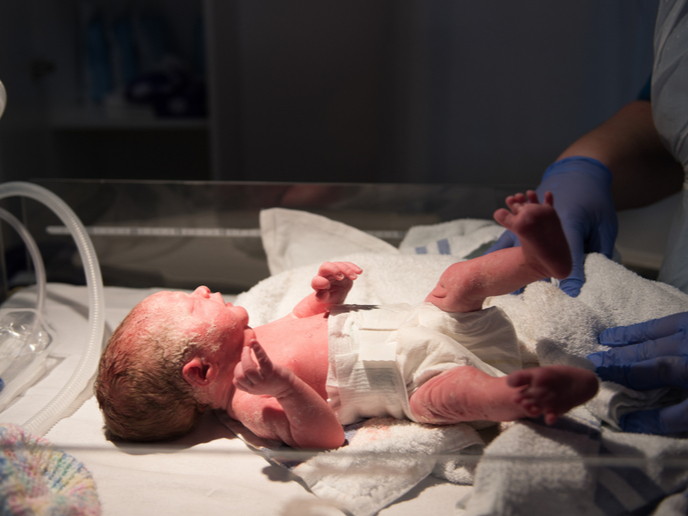Reduced psychiatric bed numbers linked to increased prison population
Since the Caracas Declaration of 1990, South American countries have committed to the improvement of human rights and social inclusion of people suffering from mental disorders. Reforms meant to de-institutionalise their care and create community mental health services. However, what remains unclear since this was initiated is to what extent this has actually taken place, where institutionalisation of mentally ill occurs and what the current trends are. The INCAS (Institutionalised care for people with mental disorders in South America: Indicators and trends) project investigated these questions. It conducted a cross-sectional survey among 1 008 prisoners in Chile. In general, the project aimed to assess indicators as well as trends in South America. Indicators of institutionalisation include hospital and forensic beds, rates of involuntary admission, supported housing and prison population rates. Data were collected from Argentina, Bolivia, Brazil, Chile, Paraguay and Uruguay, and an association between the number of psychiatric beds and prison population was tested. For the first time, an inverse relationship of psychiatric beds and prison populations was found in a longitudinal data set covering the past two decades. The relationship can in part be explained and mediated by the increase of per capita gross national income as a socioeconomic indicator. High rates of mental illness such as psychoses, depression, personality disorders and substance abuse, were found among those assessed when entering prison. The study, which was based at the Universidad de Chile and the Queen Mary University of London, can help to reinforce Europe's position in global mental health.







